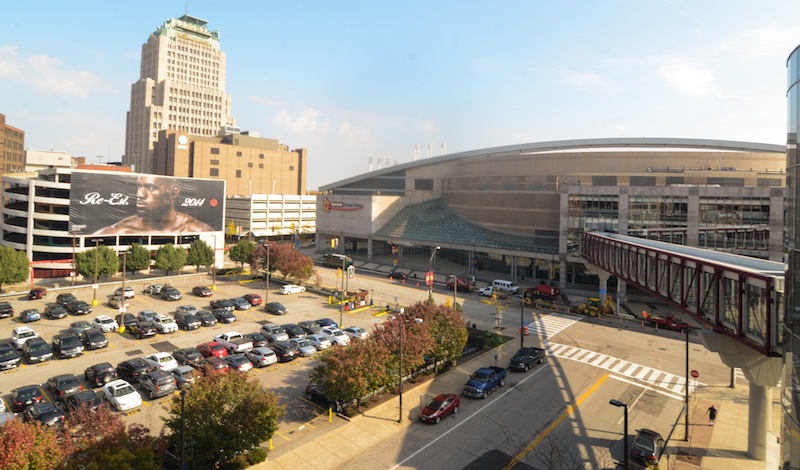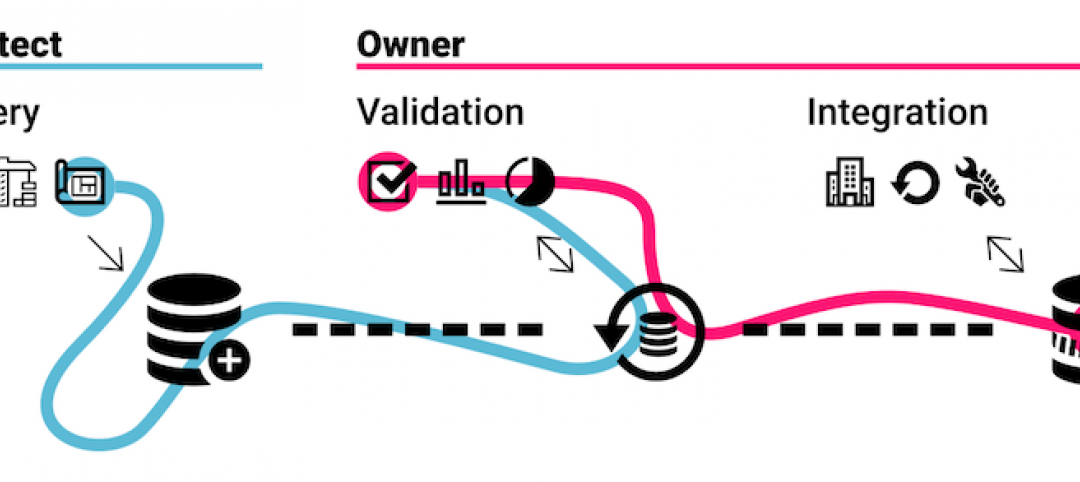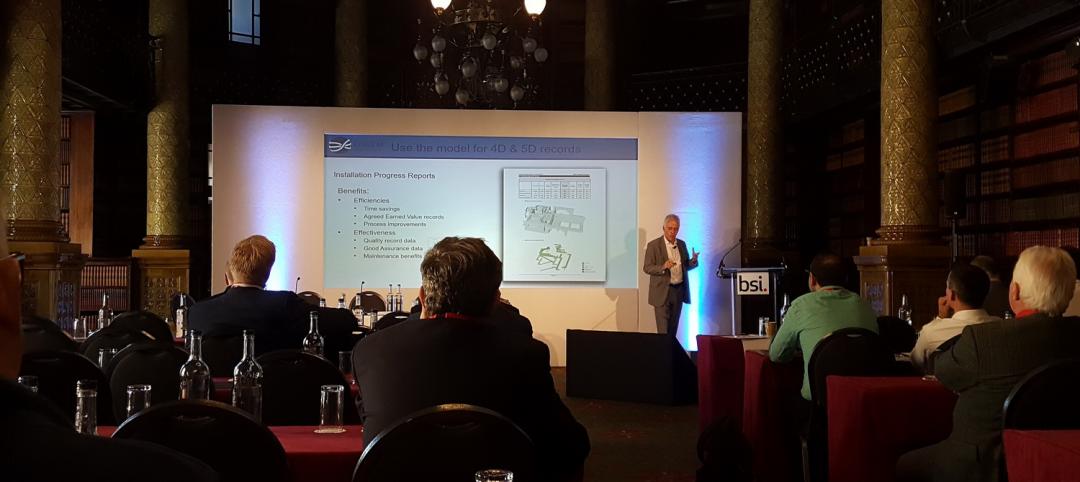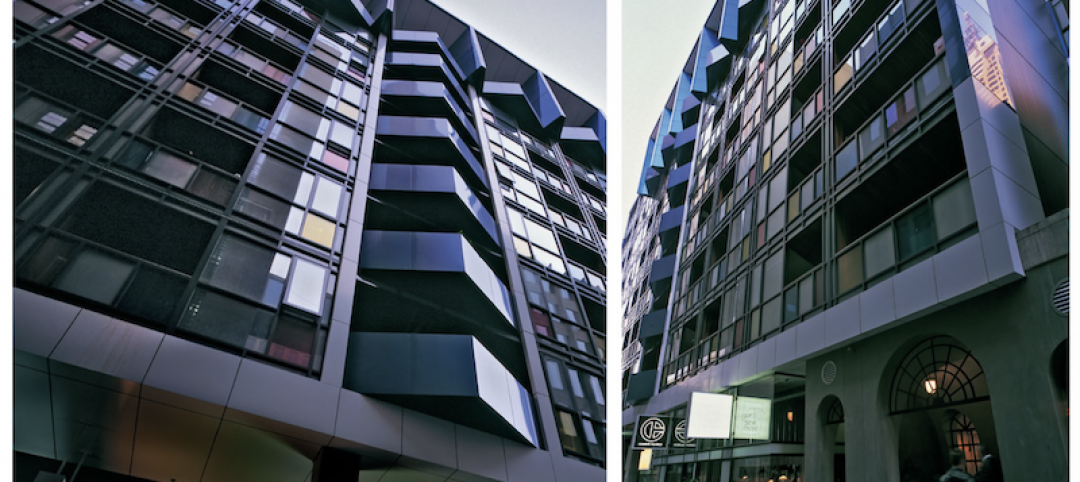Many of us have been frustrated at trade shows or sporting events where your cellphone can’t get reception because too many other people there were trying to use theirs at the same time?
Now consider the Republican and Democratic National Conventions, to be held over the next few weeks in Cleveland and Philadelphia. Each event is expected to attract something like 20,000 delegates, guests, and media, virtually all of whom will be using their cellphones to make calls, send texts and tweets, up- and download videos and images, and check social media sites, often minute-by-minute or even second-by-second.
The wireless networks at Quicken Loans Arena in Cleveland and the Pennsylvania Convention Center (which will continue to be open to the public during the Democratic event) expect to be able to handle this traffic thanks to distributed antenna systems (DAS) supplied by SOLiD, whose ALLIANCE product can support multiple carriers and public safety bands to ensure reliable connectivity in the buildings and surrounding venues and transportation centers.
DAS technology extends a building’s existing’s wireless coverage where it’s needed, so people can stay connected everywhere. SOLiD’s ALLIANCE product line provides robust edge densification to the carrier networks, “and gives them enough power to reach the handset and handle more traffic,” says Ken Sandfeld, president of SOLiD’s Americas division, based in Sunnyvale, Calif. “This year’s political conventions are the most connected and reliable in history.”
SOLiD has been installed in Quicken Loans’ arena for three years, and in 2015 underwent a major upgrade to 5-watt remotes, from 1-watt units, in order to accommodate extra carriers. (It’s not uncommon for mobile carriers to join a DAS at a large venue in anticipation of a big event where they expect a lot of their subscribers will attend.)
There are now 76 SOLiD ALLIANCE DAS units installed at Quicken Loans Arena, where the Republicans’ shindig kicks off on July 18. Verizon operates the network (built by Henkel), and is one of four carriers, along with Sprint, AT&T, and T-Mobile. Additional zones have been added to the DAS to address foot traffic on the floor of the arena during the convention. (AT&T has also been working on improving its bandwidth and reception inside the arena.)

Fifty-eight 20-watt DAS units, supplied by SOLiD, have been installed throughout the 2.2-million-sf Pennsylvania Convention Center in Philadelphia, where the Democrats will hold their presidential convention. Image: Wikimedia Commons
SOLiD is new to the massive Pennsylvania Convention Center, where the Democratic convention starts on July 25. The DAS network there covers 2.2 million sf, and includes 58 SOLiD ALLIANCE 20-watt DAS units installed for radio-frequency coverage. InSite Wireless built and owns the network. T-Mobile will cover the full facility, while AT&T will cover the lower levels of the convention center and the lower level of the nearby Reading Terminal Market.
Sandfeld anticipates that, with the proliferation of wireless devices, DAS installations will become more common, and not just in large venues or stadiums. “In the last few years, high-definition streaming video alone has been driving massive amounts of capacity needs. The number of instances where carriers are connecting [to DAS systems] is growing. And the systems are getting cheaper. I can see a time when all buildings have a system.”
However, not every building is a candidate for DAS unless a carrier is in the picture. That’s why Sandfeld recommends that developers and property managers that are considering DAS find experienced partners “that know how to work with carriers.”
Related Stories
Sponsored | BD+C University Course | Oct 15, 2021
7 game-changing trends in structural engineering
Here are seven key areas where innovation in structural engineering is driving evolution.
AEC Tech Innovation | Oct 7, 2021
How tech informs design: A conversation with Mancini's Christian Giordano
Mancini's growth strategy includes developing tech tools that help clients appreciate its work.
Digital Twin | May 24, 2021
Digital twin’s value propositions for the built environment, explained
Ernst & Young’s white paper makes its cases for the technology’s myriad benefits.
AEC Tech | Mar 4, 2021
The Weekly show, March 4, 2021: Bringing AI to the masses, and Central Station Memphis hotel
This week on The Weekly show, BD+C editors speak with AEC industry leaders about the award-winning Central Station Memphis hotel reconstruction project, and how Autodesk aims to bring generative design and AI tools to the AEC masses.
AEC Tech | Jan 28, 2021
The Weekly show, Jan 28, 2021: Generative design tools for feasibility studies, and landscape design trends in the built environment
This week on The Weekly show, BD+C editors speak with AEC industry leaders from Studio-MLA and TestFit about landscape design trends in the built environment, and how AEC teams and real estate developers can improve real estate feasibility studies with real-time generative design.
AEC Tech | Nov 12, 2020
The Weekly show: Nvidia's Omniverse, AI for construction scheduling, COVID-19 signage
BD+C editors speak with experts from ALICE Technologies, Build Group, Hastings Architecture, Nvidia, and Woods Bagot on the November 12 episode of "The Weekly." The episode is available for viewing on demand.
Smart Buildings | Oct 26, 2020
World’s first smart building assessment and rating program released
The SPIRE Smart Building Program will help building owners and operators make better investment decisions, improve tenant satisfaction, and increase asset value.
BIM and Information Technology | Oct 8, 2020
4 challenges of realizing BIM's value for an owner
In recent years, we have found our consulting practice engaging more and more with owners that are questioning the value of BIM and how they can make use of potentially data-rich BIM assets.
AEC Tech | Feb 5, 2020
BIM London: A glimpse of BIM discussions across the pond
Digital twin, ISO standards, blockchain, and data were the hot topics at the recent The Digital World: BIM event.
Building Technology | Mar 6, 2019
Australia’s prefab construction sector is trying to break out from its 'getting there' stage
A paper by Deloitte looks back at an origin case study. But the country has yet to develop a fully formed industry.

















